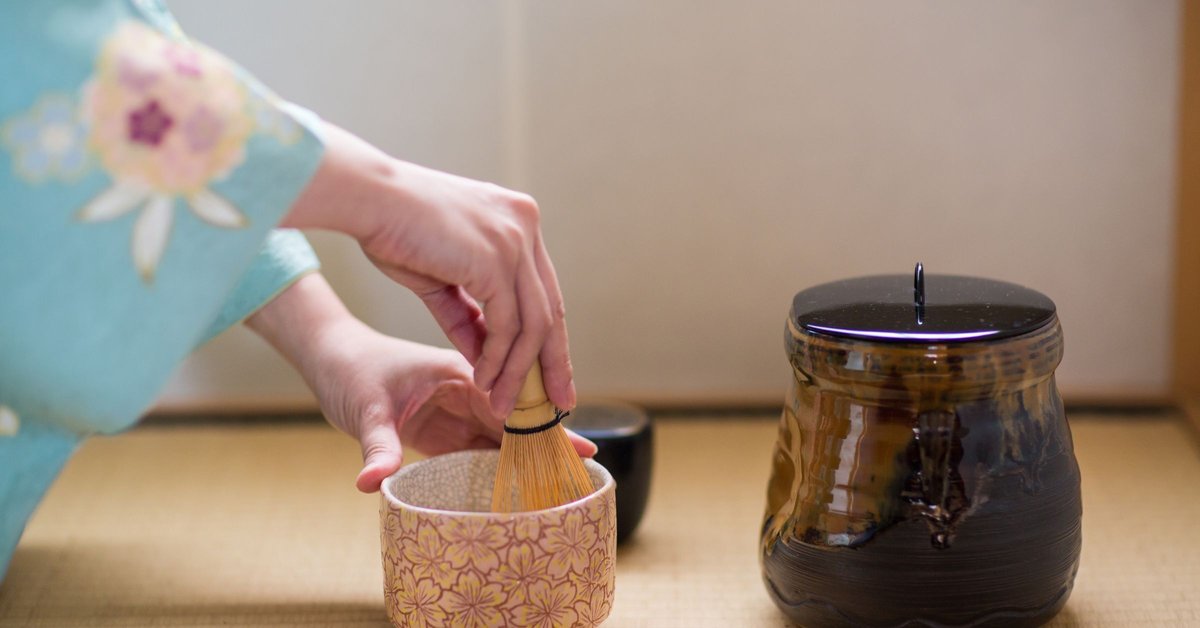
Cultural Experiences in Japan: Tea Ceremony, Flower Arrangement, Calligraphy
📱Check it out if u are planning to travel to Japan👇
Japan is a treasure trove of rich cultural heritage, offering unique and immersive experiences that allow visitors to delve deep into its traditions. Among the most captivating are the tea ceremony (茶道, Sadō), flower arrangement (生け花, Ikebana), and calligraphy (書道, Shodō). These practices are not just art forms but ways to connect with the essence of Japanese aesthetics and philosophy. This guide will take you on a journey through these three fascinating cultural experiences, providing insights and practical information for your visit.
The Tea Ceremony (茶道, Sadō)

The Japanese tea ceremony, known as Sadō or "The Way of Tea," is a deeply ritualistic and spiritual practice centered around the preparation and consumption of matcha, a powdered green tea. Rooted in Zen Buddhism, the tea ceremony emphasizes harmony (和), respect (敬), purity (清), and tranquility (寂).
Where to Experience:
Kyoto: Known for its well-preserved traditions, Kyoto offers numerous authentic tea houses, such as Camellia Tea Ceremony and Kōdai-ji Temple.
Tokyo: Cultural centers like the Urasenke Foundation Tokyo Branch and Hamarikyu Gardens provide accessible tea ceremony experiences.
What to Expect:
Ceremony Steps: The host will meticulously perform a series of choreographed movements, each imbued with symbolic meaning.
Utensils: Key items include the chawan (tea bowl), chasen (bamboo whisk), and natsume (tea caddy).
Participation: Guests are encouraged to observe the host's graceful movements and partake in the ceremonial tea, often accompanied by a traditional sweet (和菓子, wagashi).
Cultural Insights:
Zen Influence: The tea ceremony is a reflection of Zen principles, encouraging mindfulness and a deep connection with the present moment.
Aesthetic Principles: The ceremony emphasizes the Japanese aesthetic of wabi-sabi, appreciating the beauty in imperfection and transience.
Flower Arrangement (生け花, Ikebana)

Ikebana, the Japanese art of flower arrangement, goes beyond mere decoration. It is a disciplined art form where nature and humanity are brought together. Ikebana emphasizes minimalism, harmony, and the balance between the flowers, their container, and the surrounding space.
Where to Experience:
Tokyo and Kyoto: Renowned schools like the Sogetsu School and Ohara School of Ikebana offer workshops for beginners and enthusiasts.
Cultural Events: Many festivals and cultural events feature Ikebana demonstrations and hands-on classes.
What to Expect:
Basic Techniques: Learn how to select flowers and branches, position them thoughtfully, and appreciate the interplay of lines and spaces.
Philosophy: Ikebana is rooted in Buddhist philosophy, emphasizing mindfulness and a deep respect for nature.
Creative Expression: Participants will create their own arrangements, guided by experienced instructors, and can take home their creations.
Cultural Insights:
Simplicity and Elegance: Ikebana highlights the beauty of simplicity and the elegance of natural forms, reflecting Japanese aesthetics.
Seasonality: The choice of flowers and materials often reflects the current season, embodying the Japanese appreciation for the changing seasons.
Calligraphy (書道, Shodō)

Shodō, or Japanese calligraphy, is the artistic practice of writing characters using brush and ink. It is both a form of art and a meditative practice, emphasizing the balance, rhythm, and flow of each stroke. Calligraphy is deeply integrated into Japanese culture, influencing everything from traditional poetry to modern design.
Where to Experience:
Cultural Centers: Institutions like the Tokyo Calligraphy Education Association and Kyoto's Kansai Calligraphy Association offer classes for visitors.
Temples and Museums: Some temples and museums provide calligraphy workshops, allowing for an immersive cultural experience.
What to Expect:
Tools: You'll use traditional tools such as the fude (brush), sumi (ink stick), and washi (Japanese paper).
Techniques: Learn the basic strokes and how to write kanji (Chinese characters used in Japanese) or hiragana with precision and grace.
Artistic Expression: Beyond technical skills, Shodō encourages personal expression, with each piece reflecting the artist's emotions and style.
Cultural Insights:
Mindfulness: Shodō is a meditative practice, promoting focus and a connection with the present moment.
Cultural Significance: Calligraphy is considered a path to spiritual and artistic development, valued for its ability to convey both beauty and meaning.
Conclusion

Engaging in these cultural experiences will deepen your appreciation of Japan's rich heritage and provide lasting memories. Whether you're partaking in a tranquil tea ceremony, crafting a delicate Ikebana arrangement, or expressing yourself through the strokes of Shodō, you'll gain a profound understanding of the artistry and philosophy that define Japanese culture. Embrace these timeless traditions and let them enhance your journey through Japan, offering you a unique perspective on this fascinating country.
Enjoy your exploration of these cultural treasures and take home a piece of Japan's enduring beauty and wisdom!
JTI | Japan Travel Itinerary
Empowering your travel dreams with bespoke itineraries crafted by our expert team, independent of vendors for truly personalized experiences.
Check our SNS (Instagram)
🔥We share Japan useful travel tips
https://www.instagram.com/japan_travel_itinerary/
この記事が気に入ったらサポートをしてみませんか?
